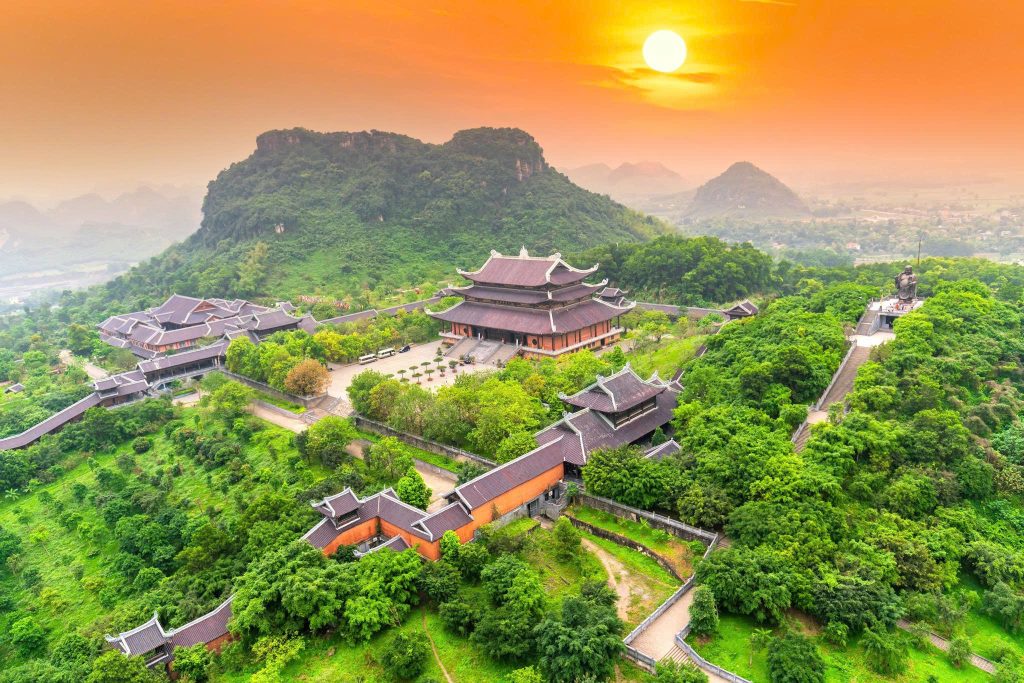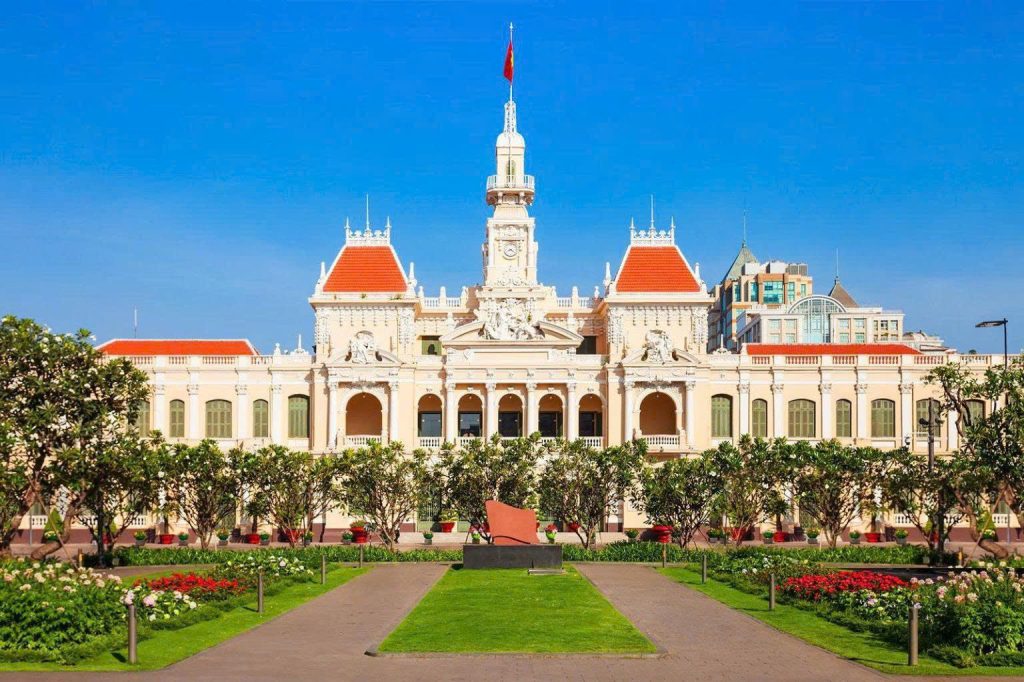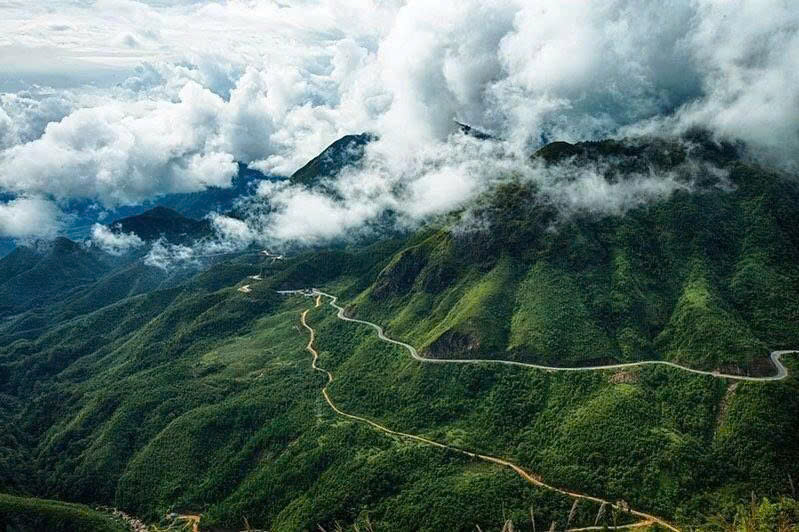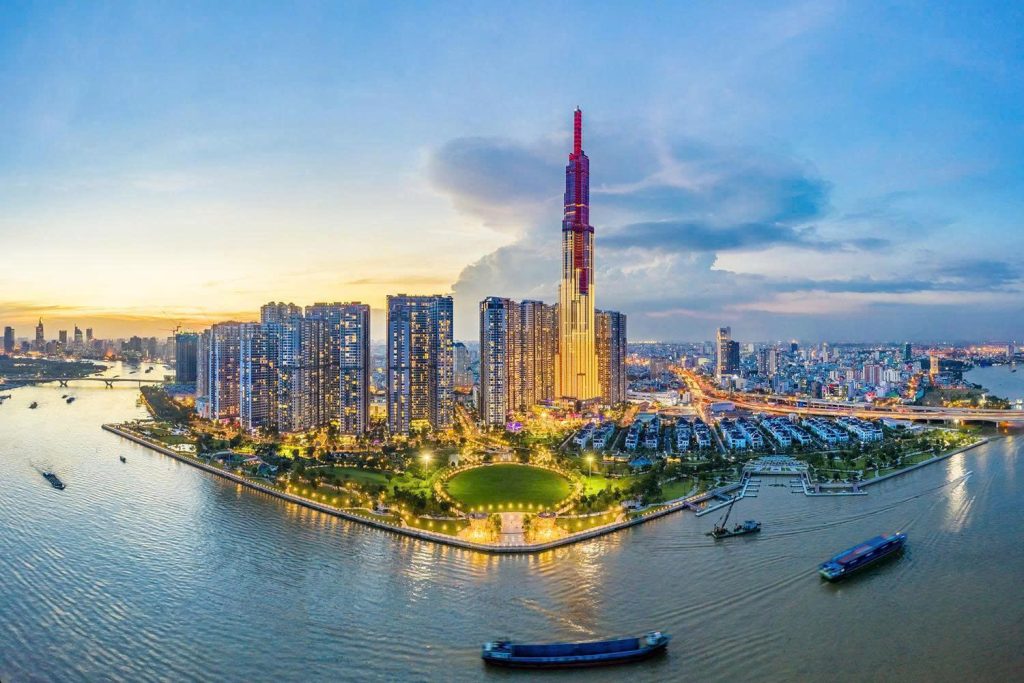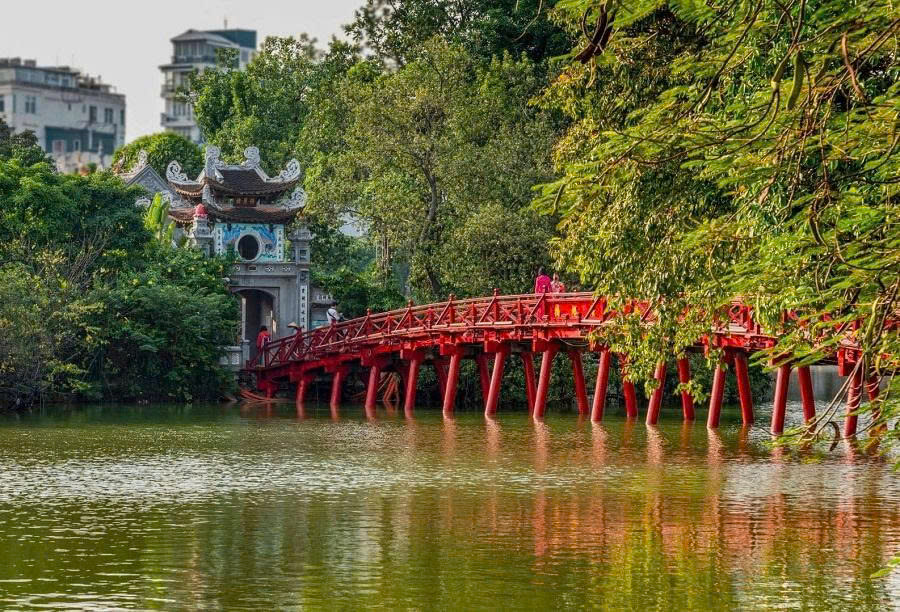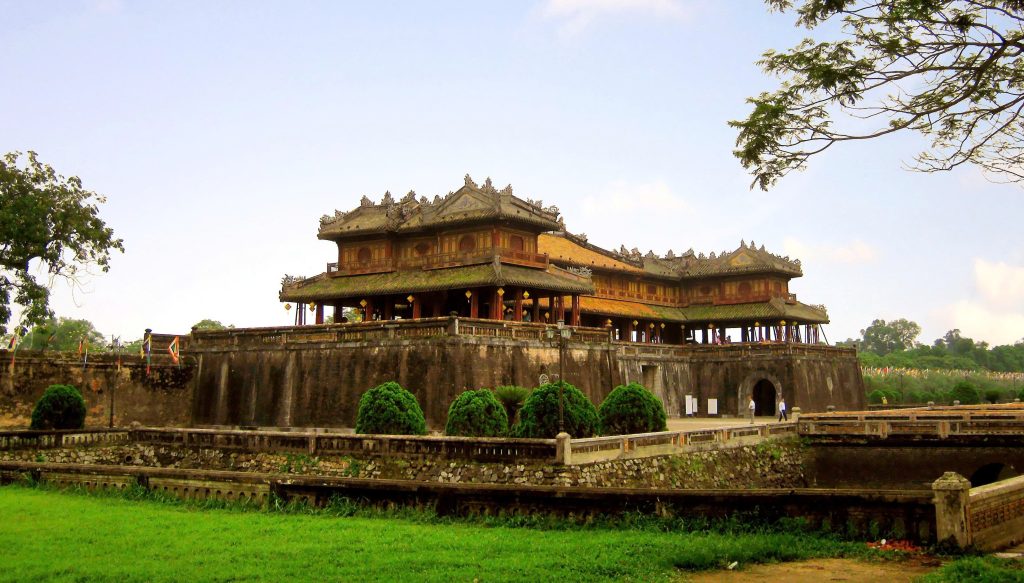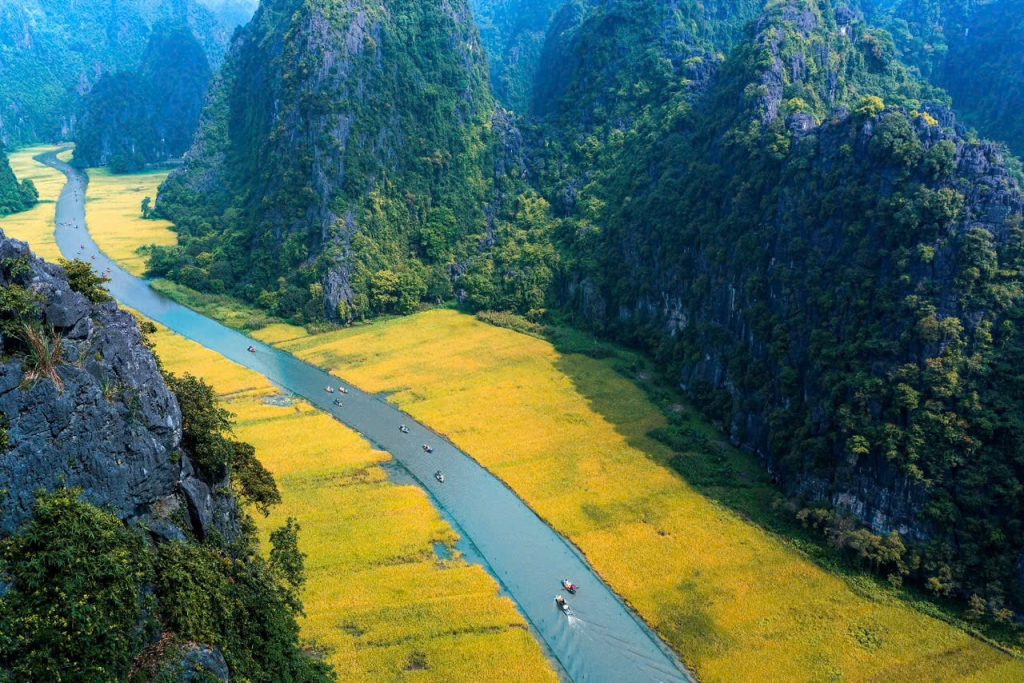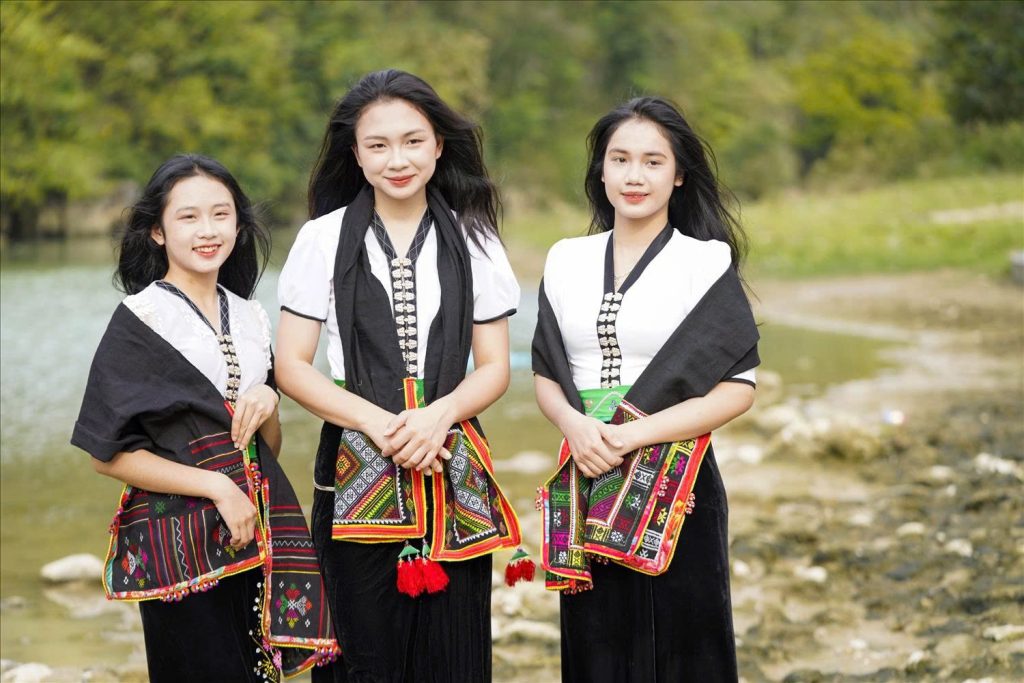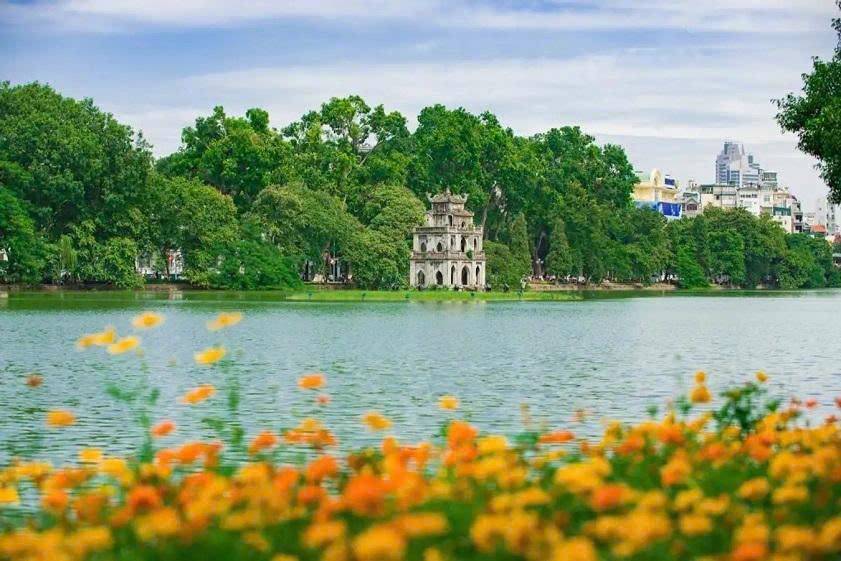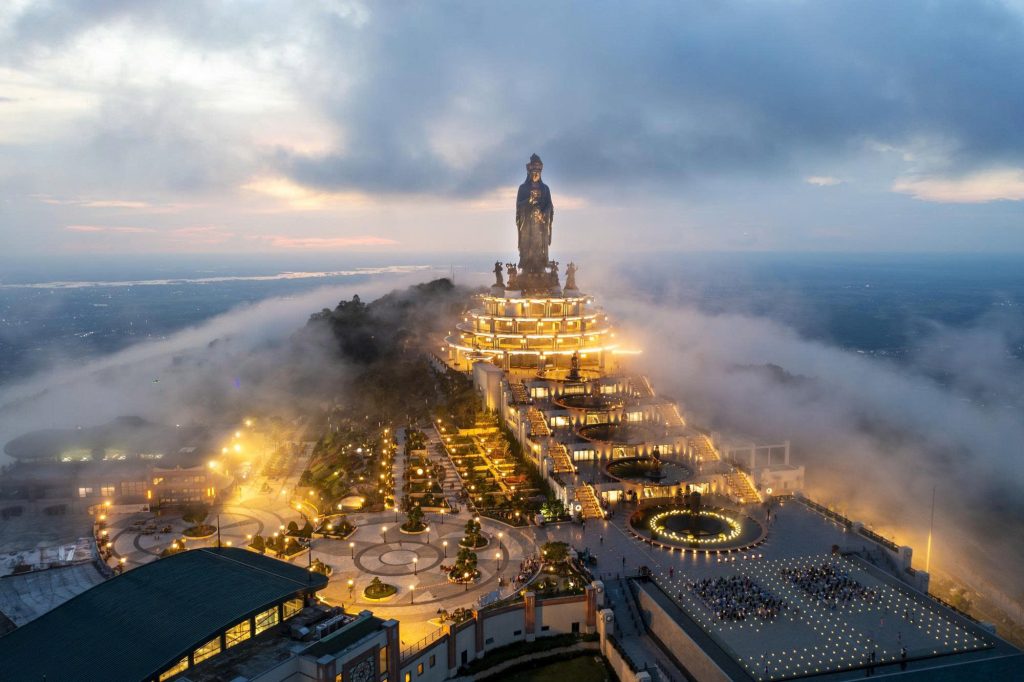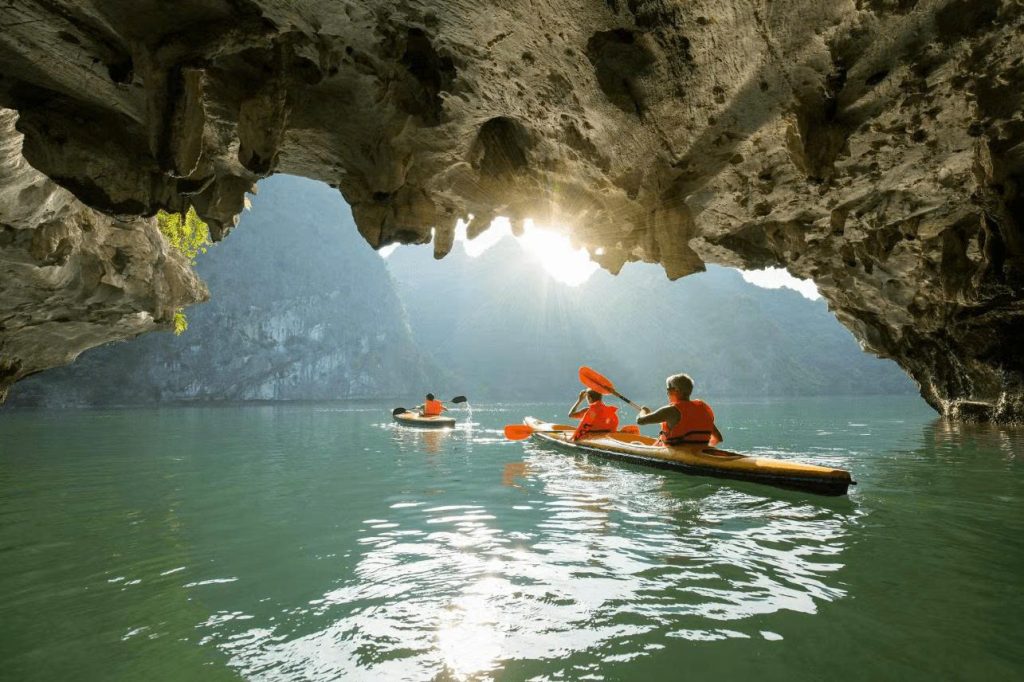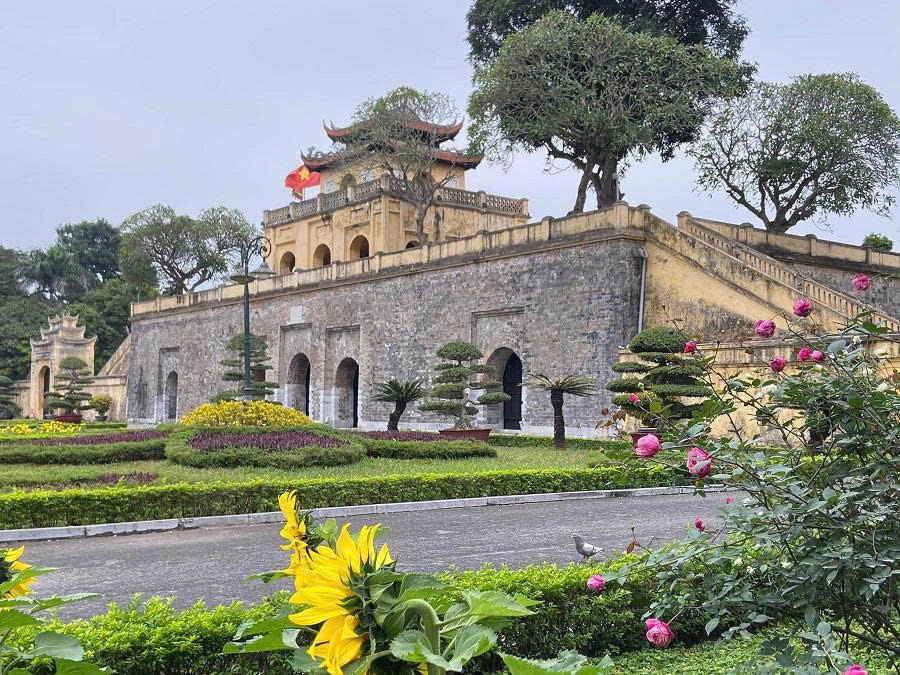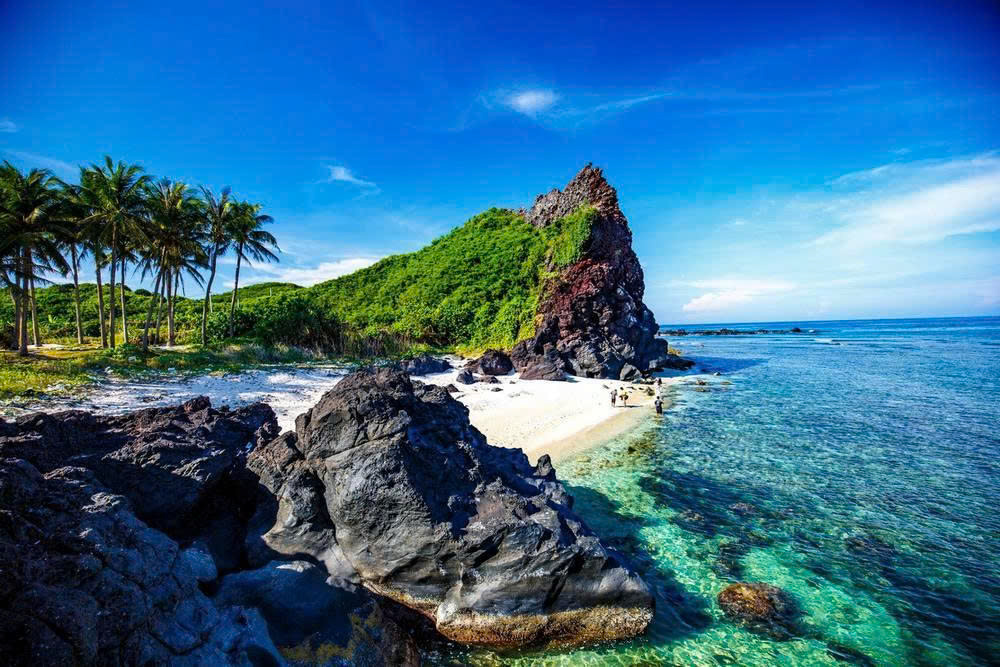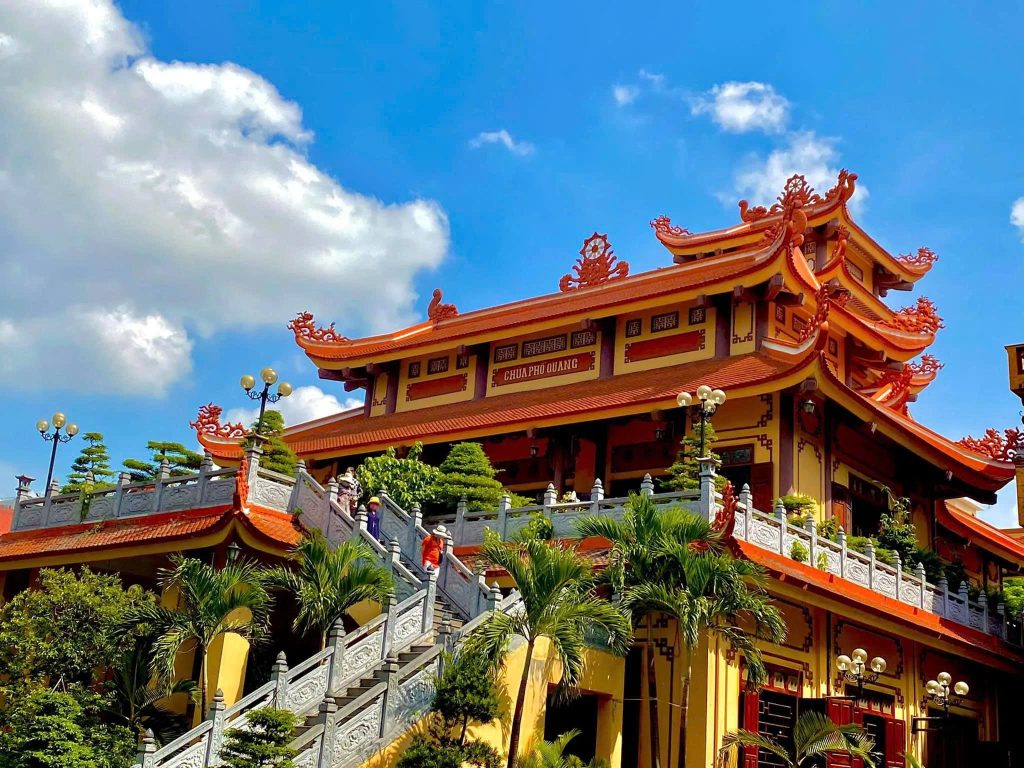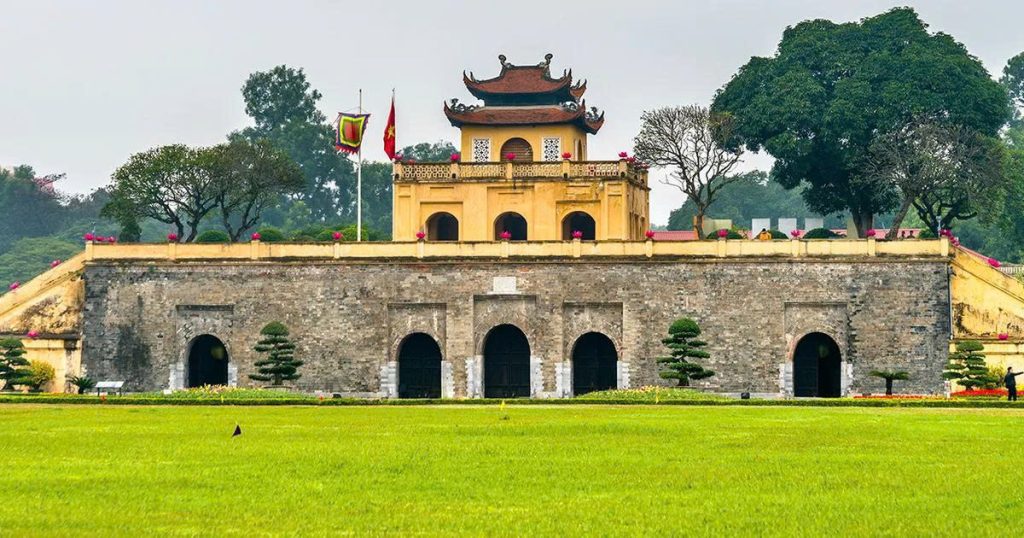Vietnam boasts a rich spiritual heritage, a dynamic culture, and stunning natural scenery. While bustling cities and stunning natural wonders often take center stage, a deeper exploration reveals a network of tranquil, spiritual sanctuaries: its Zen monasteries. These sacred spaces, known as thiền viện in Vietnamese, offer not just architectural beauty but also a profound sense of peace and a direct connection to the country’s deep-rooted Buddhist traditions.
This guide will take you on a journey to the top famous Zen monasteries in Vietnam, providing a comprehensive look at their history, what makes them unique, and essential tips for a truly mindful and rewarding visit.
Zen Buddhism (Thiền Tông) in Vietnam
To appreciate these monasteries, it helps to understand their spiritual foundation. Zen Buddhism, or Thiền Tông, has a long history in Vietnam, with its roots tracing back to the 6th century. However, its most significant lineage is the Trúc Lâm Zen school, founded by Emperor Trần Nhân Tông in the 13th century. After leading the country to victory against Mongol invaders, he abdicated the throne to become a Buddhist monk, establishing the Trúc Lâm lineage on Yên Tử Mountain. This spiritual movement intertwined with Vietnamese patriotism and culture, making the monasteries not just places of worship but also historical and cultural treasures.
The Spiritual Circuit: Top Zen Monasteries to Visit
Each of these monasteries offers a unique experience, from serene mountaintop retreats to massive, modern complexes.
1. Truc Lam Da Lat Zen Monastery
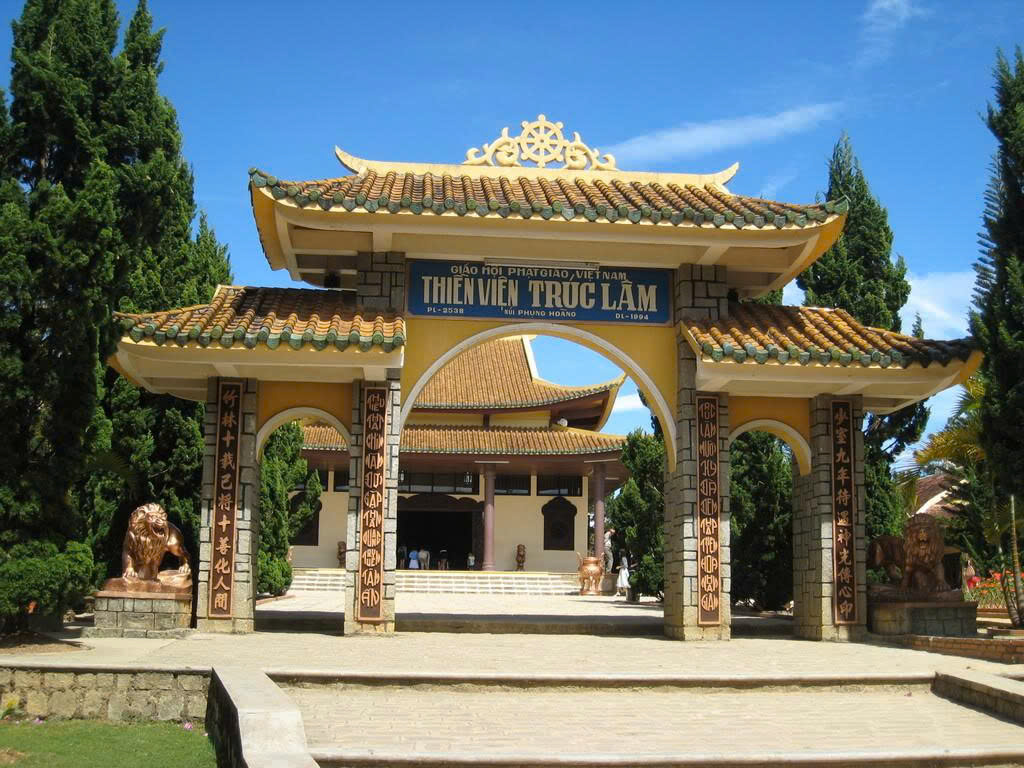
Often considered one of the most beautiful and peaceful monasteries in Vietnam, Thiền Viện Trúc Lâm in Dalat is a popular destination for both spiritual seekers and tourists. Nestled amidst pine forests on Phoenix Mountain, its serene atmosphere provides a perfect escape from the urban hustle.
- History and Architecture: Established in 1994, this is a relatively modern monastery, yet it adheres to the traditional Zen architectural style of the Trúc Lâm lineage. Its graceful structures blend seamlessly with the natural landscape. The monastery complex includes several halls, a meditation center, and beautiful gardens filled with a variety of flowers and pine trees, all surrounding the tranquil Tuyền Lâm Lake.
- What to See and Do: Visitors can explore the main ceremonial hall, the residential areas for monks and nuns, and a serene bell tower. The peaceful grounds are perfect for a quiet walk, and many visitors sit in silent contemplation by the lake. The monastery also offers short meditation classes for visitors interested in a deeper experience.
- Tips: The most scenic way to reach Thiền Viện Trúc Lâm is via a cable car from Robin Hill, offering a panoramic view of Dalat and the surrounding forests. The monastery is open to the public, and it’s a good idea to visit in the morning to enjoy the quiet and cool air.
2. The Yên Tử Complex (Quảng Ninh)
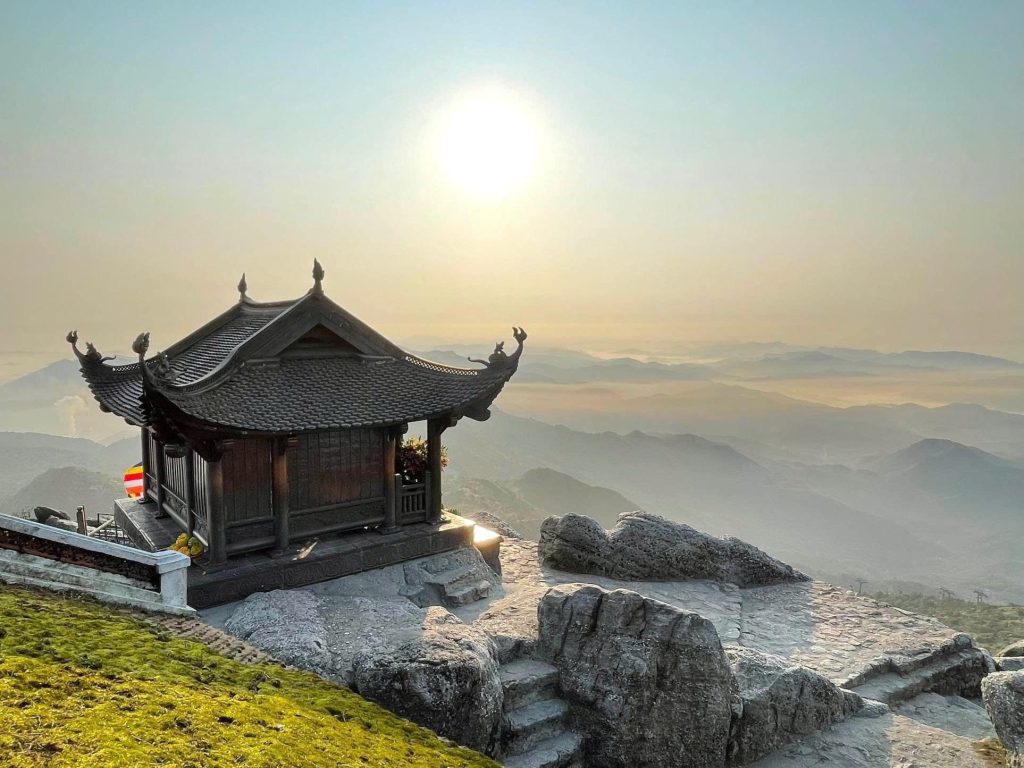
For a truly historical and physically challenging spiritual journey, the Yên Tử pilgrimage is a must. Located in Quảng Ninh province, this mountain complex is revered as the spiritual birthplace of Vietnamese Zen Buddhism.
- The Cradle of Vietnamese Zen: In the 13th century, after defeating the Mongols, Emperor Trần Nhân Tông relinquished his power to pursue a spiritual life on Yên Tử Mountain. Here, he founded the Trúc Lâm Zen lineage, which became a dominant force in Vietnamese Buddhism. The entire mountain complex is therefore a living testament to this pivotal moment in history.
- The Pilgrimage & Key Pagodas: The pilgrimage to the summit involves a long, steep climb, though most visitors now use a series of cable cars to reach the top. Along the path are numerous ancient temples and pagodas. The highest and most famous is the Đồng Pagoda (Copper Pagoda), a breathtaking structure made entirely of bronze that sits atop the mountain’s peak, often shrouded in mist.
- Tips: A full day is needed to explore the Yên Tử complex. While the cable car is an option, many pilgrims choose to walk a portion of the route to truly experience the spiritual journey. It is located about 130 km east of Hanoi, making it a viable day trip or an overnight stay.
3. Chùa Bái Đính (Ninh Bình)
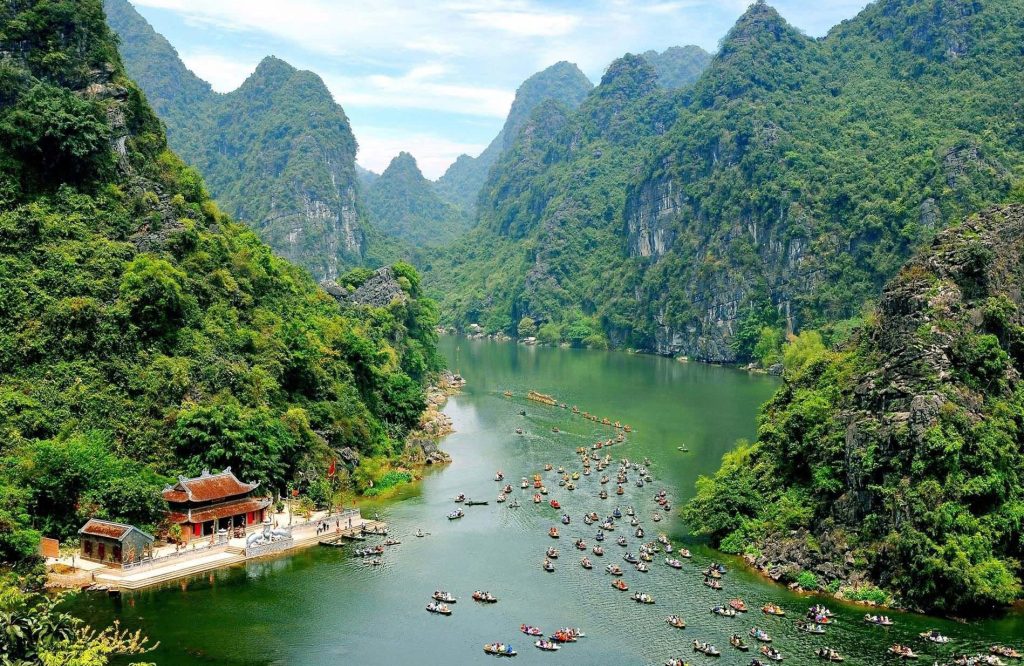
Located in the stunning Ninh Bình province, Chùa Bái Đính is a modern and monumental Buddhist complex, famous for holding numerous national and regional records. While it is not a traditional Zen monastery in the same sense as the Trúc Lâm lineage, its sheer scale and grandeur make it a major pilgrimage site and a must-see for anyone interested in Vietnamese Buddhism.
- Scale and Modern Significance: Completed in 2014, Chùa Bái Đính is one of the largest Buddhist complexes in Southeast Asia. Its massive scale is overwhelming, with impressive statues, including a 100-ton bronze Buddha statue, and a bell tower housing a giant bell weighing over 36 tons.
- Key Features: The complex is full of incredible sights, but a few stand out. The Hall of Arhats features 500 massive stone statues, each with a unique expression. The towering Bảo Tháp (Stupa) offers panoramic views of the entire complex and the surrounding countryside.
- Tips: The complex is massive, so expect to do a lot of walking. Electric buggies are available to transport visitors between key areas. Chùa Bái Đính is often visited as part of a tour of the Tràng An and Tam Cốc areas, making it a convenient stop for travelers.
4. Truc Lam Tay Thien Zen Monastery Vinh Phuc
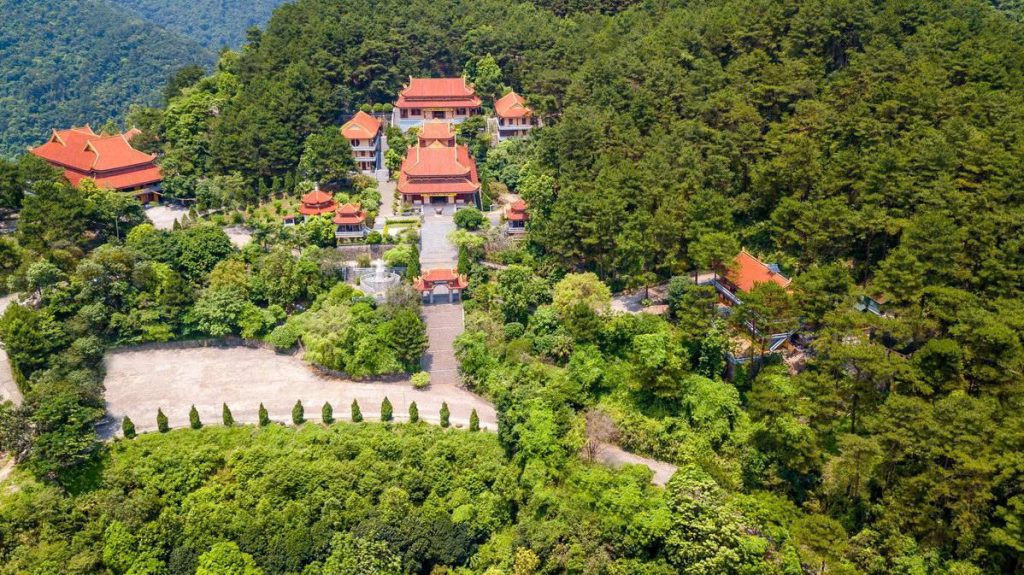
Situated at the foot of Tam Đảo mountain in Vĩnh Phúc province, Thiền Viện Trúc Lâm Tây Thiên is a serene retreat that attracts monks, nuns, and lay practitioners from across Vietnam and beyond.
- Architecture and Atmosphere: The monastery’s architecture is inspired by the Trúc Lâm Zen lineage and blends beautifully with the surrounding forest and mountains. The atmosphere is one of profound peace and tranquility.
- Retreat and Study: Unlike some of the larger, more tourist-oriented sites, Thiền Viện Trúc Lâm Tây Thiên functions more actively as a center for Buddhist study and practice. It hosts meditation retreats and Dharma talks, providing a genuine spiritual environment for those who seek it.
- Tips: Located about 85 km from Hanoi, it’s an excellent choice for a peaceful day trip from the capital. The monastery can be reached by a series of scenic trails or a cable car, offering a beautiful prelude to the peaceful atmosphere inside.
Essential Tips for a Mindful Visit
To truly appreciate the spiritual essence of these monasteries, it’s important to approach your visit with respect and mindfulness.
- Etiquette and Dress Code: Dress modestly, covering your shoulders and knees. Remember to remove your shoes before entering the main ceremonial halls. Speak softly, and avoid loud noises or disruptive behavior.
- The Best Time to Visit: The best time to visit is during the dry season (October to April) for comfortable weather. Festivals, such as the Yên Tử Festival in the spring, draw huge crowds, so plan accordingly if you prefer a quieter experience.
- Beyond the Tourists: While the main halls and pagodas are magnificent, seek out the smaller, quieter corners of the monasteries. These are often the places where you can find genuine peace and a deeper connection to the spiritual energy of the site.
RELATED: Wellness Retreats in Vietnam: Discover Serenity
A visit to the Zen monasteries of Vietnam is far more than a simple sightseeing tour. It’s a journey that offers a rare blend of history, breathtaking architecture, and profound tranquility. Each monastery tells a unique story, from the historical legacy of Emperor Trần Nhân Tông at Yên Tử to the serene beauty of Thiền Viện Trúc Lâm in Dalat. By approaching your visit with respect and an open heart, you can not only witness these incredible sites but also find a moment of inner peace and stillness in the midst of a bustling world. Your spiritual adventure awaits.

